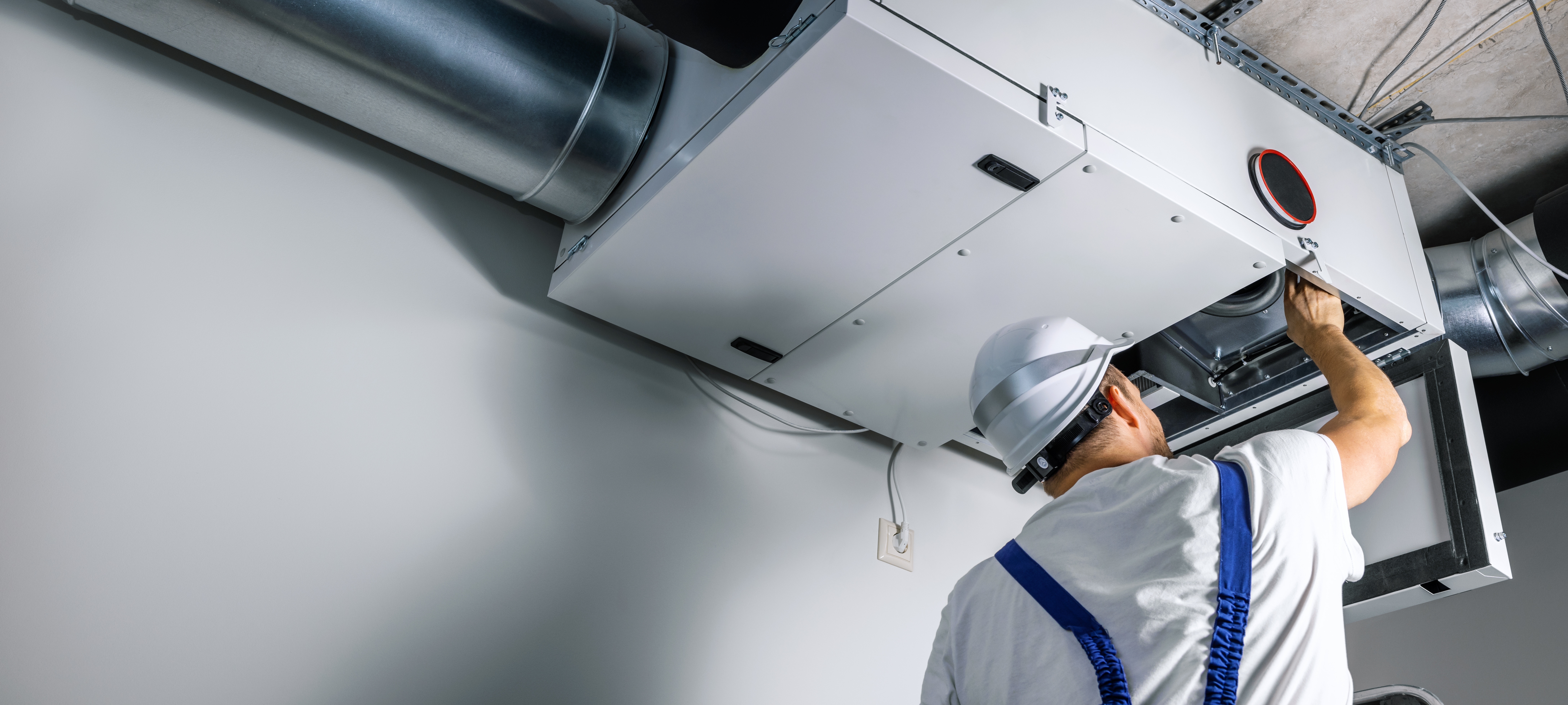The Flow of Communication in a BMS

How a BMS knows what to do and when to do it
A building management system, or BMS, is an important element of any building despite operating behind the scenes. A BMS controls and regulates a building’s various systems, including HVAC and sometimes security systems.
So how does a BMS work? How does information about the environment travel through a building management system and achieve the changes that need to be made?
Basically, a BMS operates using three components: sensors, controllers, and actuators. These elements all communicate with each other to ensure the building maintains an optimal environment for its inhabitants.
Sensors detect changes in the surrounding environment and collect data to send to the controller. Different sensors measure different elements of the environment—for example, a CO2 sensor measures the concentration of carbon dioxide in the air, while temperature sensors measure the surrounding temperature through electrical signals. The sensors convert the changes they detect into data points that are then sent to the controllers.
A TC Control Group BMS utilizes these sensors:
- Temperature
- Humidity
- CO2
- Lighting
Controllers take in data that is sent from the sensors. They monitor the data being fed to them and compare it to the optimum point set by the user—for example, the desired temperature that a thermostat is set to.
If the input from the sensors deviates from the desired setting, the controller signals the actuators, which will then activate to make the changes needed.
Actuators take the instructions from the controllers and activate the machinery that makes the required changes to the environment. An actuator is the part of the BMS that takes action.
For example, a temperature actuator might open or close airways to control how much hot/cool air enters the space.
Of course, a BMS includes more than these three elements. Equally important as a BMS’s hardware is the software and programming that runs the system.
Design and Installation Process
For a BMS to work, there needs to be extensive planning and in-depth design of wiring, ducts, and all other components. TC Control Group will get started early on in the project and work alongside your contractor, ensuring that the job is done right the first time. Plus, using a top-of-the-line BMS will allow you to monitor and regulate your building’s energy consumption without having to waste your own mental energy worrying about it. A well-designed BMS will streamline communication between devices to quickly and efficiently make changes to the environment, keeping everyone comfortable.



